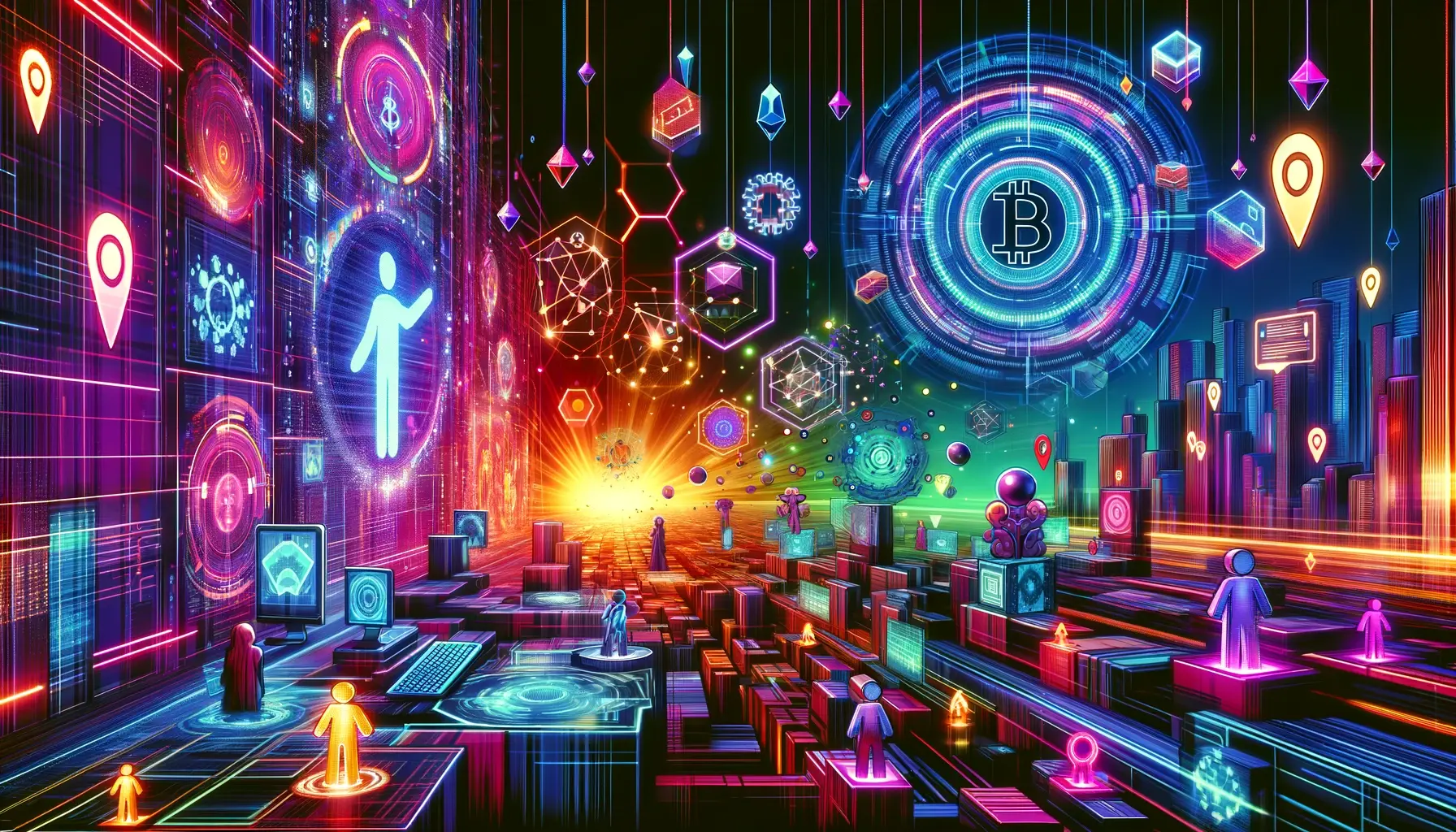· gamedev · 2 min read
Elevating Game Development - The Blockchain Advantage in Unity Games
Unleash the potential of your Unity games with blockchain - secure, ownable in-game assets, and fresh revenue paths await!

Unlocking New Dimensions in Gaming
Unity, the leading game development platform, has long been the go-to for creating immersive gaming experiences. But what happens when it converges with blockchain technology? The result is a revolutionary transformation that redefines player engagement and monetization strategies.
Why Blockchain?
Blockchain brings to the table an immutable ledger and decentralized structure. For game developers, this means:
- Enhanced Security: Transactions within the game are secure and verifiable, reducing fraud.
- True Ownership: Players can truly own in-game assets, thanks to NFTs (Non-Fungible Tokens).
- New Revenue Streams: Developers can monetize through asset trading and royalties.
Integrating Blockchain with Unity
Unity’s flexibility allows for the seamless integration of blockchain, offering developers the tools to innovate. By incorporating smart contracts and blockchain APIs, Unity developers can build games that are not only fun but also tap into the crypto-economy.
Navigating the Blockchain Terrain in Unity
Embarking on blockchain integration can be daunting. Here’s how to start:
- Understand the Basics: Grasp the core concepts of blockchain and how they can apply to gaming.
- Choose the Right Blockchain: Select a blockchain that supports smart contracts and is compatible with Unity.
- Utilize Dedicated SDKs: Use software development kits (SDKs) designed for Unity to streamline integration.
By integrating blockchain into Unity games, developers are not just creating games; they’re pioneering a new era of gaming economy. Embrace the blockchain wave and let your Unity games stand out in the ever-evolving gaming market.
Explore how Aunova can assist in your blockchain game development journey.